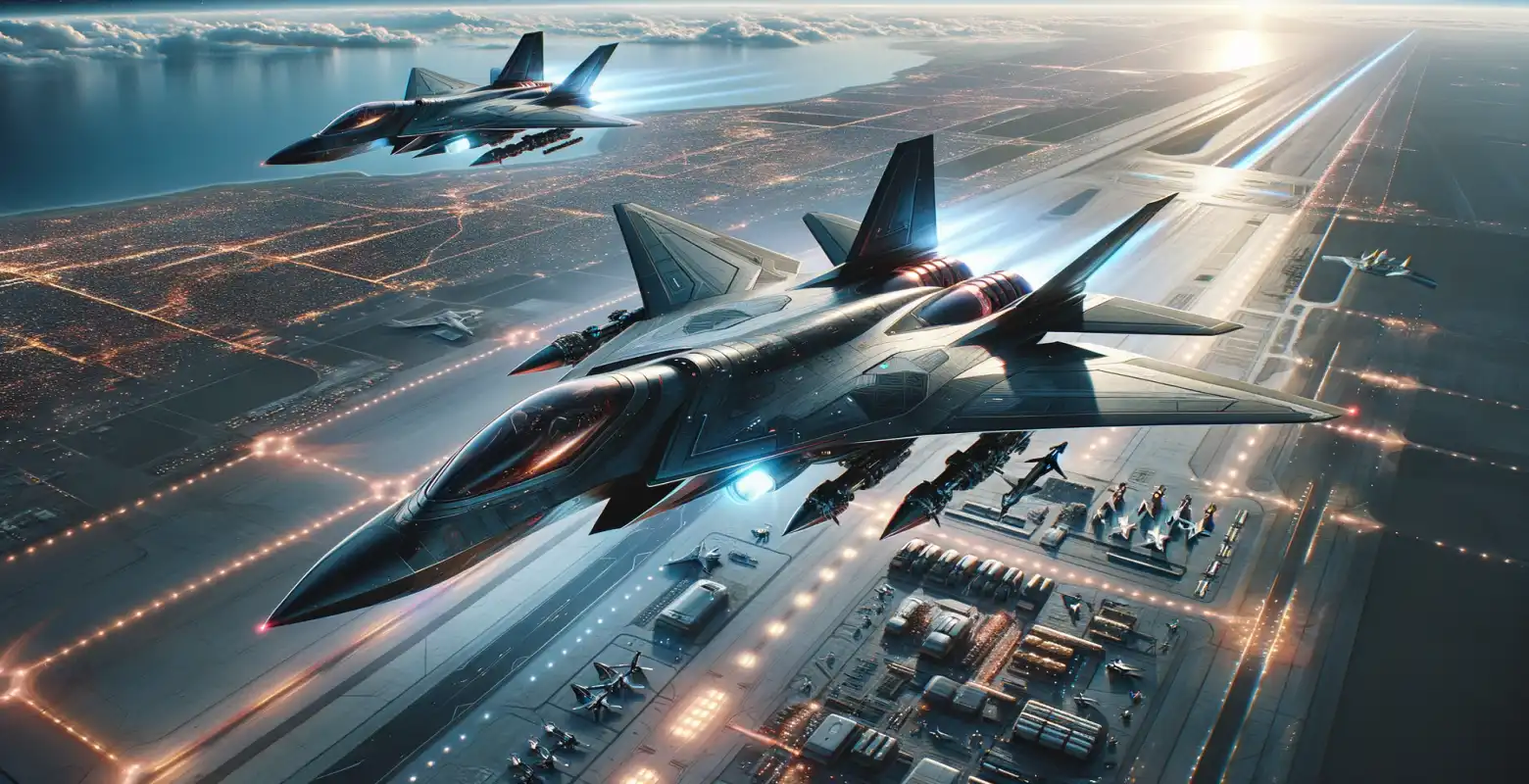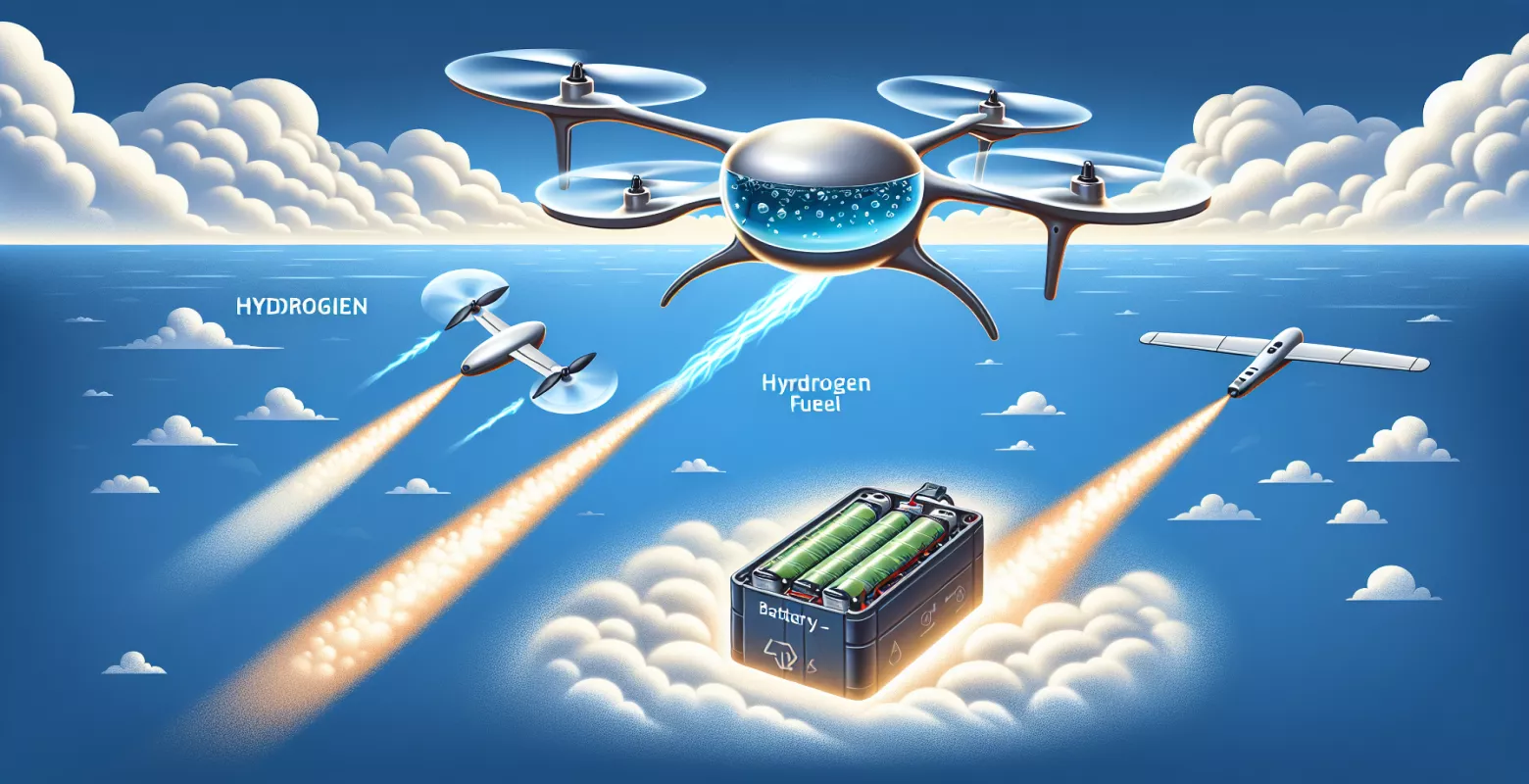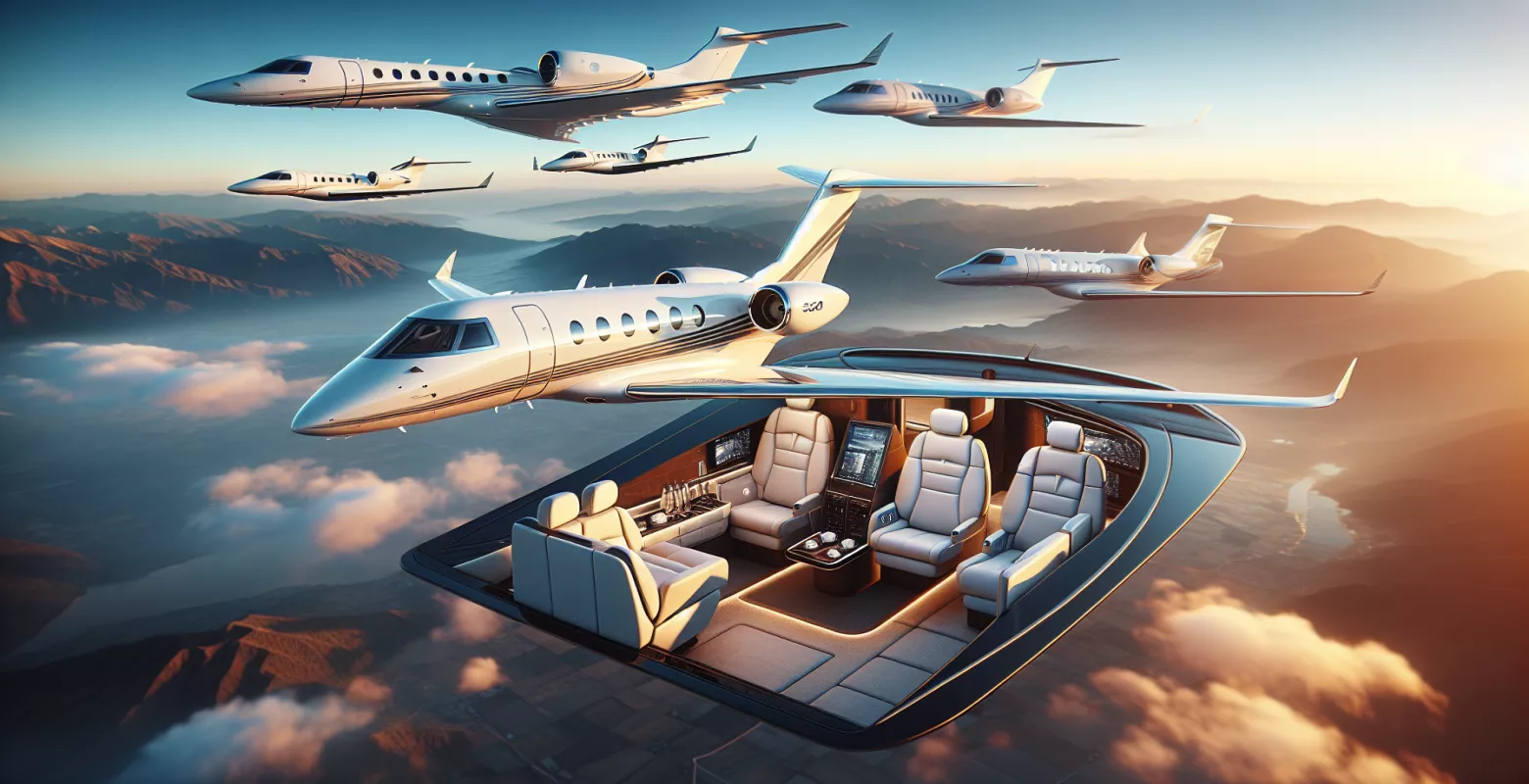The most advanced fighter jets of the future.
Introduction
Contemporary air forces around the world are facing the challenge of adapting to dynamically changing geopolitical and technological conditions. Fighter jets of the future are becoming a key element in strategic defense planning, with states investing billions of dollars in the development of advanced aviation technologies. In this context, the role of advanced fighter jets takes on special significance, not only as defense tools but also as deterrent factors against potential adversaries. In this article, we will examine the latest achievements in the field of military aviation that shape the future of modern armed forces.
History and Development of Fighter Jets
Since the early days of World War I, when fighter jets began to play a crucial role on the battlefield, their technological development has gone through many stages. Significant progress was made during World War II, including the introduction of jet fighters such as the German Messerschmitt Me 262. The Cold War brought further innovations, such as supersonic fighters and the first applications of stealth technology. Modern fighter jets, such as the F-22 Raptor and Su-57, are the result of decades of research and investment, combining advanced electronics, composite materials, and stealth capabilities.
Most Advanced Fighter Jets of the Future
Currently developed fighter jets focus on several key aspects: stealth capabilities, advanced avionics, hypermobility, and integration with intelligent battlefield management systems. Here are a few of the most innovative fighter jet projects that are attracting attention from experts worldwide:
1. Lockheed Martin F-35 Lightning IIThe F-35 is one of the most advanced multirole fighter jets in the world, capable of operations from both land-based airfields and aircraft carriers. Equipped with advanced stealth systems, the F-35 is difficult to detect by radar, giving it an advantage in combat operations. Its integrated avionics allow for cooperation with other units and real-time information management.
2. Sukhoi Su-57The Russian Su-57 is the response to American fifth-generation fighters. Equipped with advanced radar systems and stealth capabilities, the Su-57 is designed to carry a wide range of armaments, including hypersonic missiles. Its design enables maneuvers beyond the capabilities of other fighter jets.
3. Chengdu J-20The Chinese J-20 is another example of a modern fighter jet that combines advanced stealth technologies with a long operational range. The J-20 is designed for air superiority and long-range missions. China is investing significant resources in the development of this project, making the J-20 a key element of their defense strategy.
Unique Technologies of Fighter Jets of the Future
Modern fighter jets are advanced technological platforms that utilize the latest scientific achievements. Here are a few key technologies that determine their battlefield superiority:
Stealth TechnologyStealth technology is one of the most important aspects of modern fighter jets. It reduces detectability by radar, making it difficult for the enemy to track and shoot down the aircraft. Composite materials and special radar-absorbing coatings are a crucial part of this technology.
Avionics and Battlefield Management SystemsAdvanced avionics enable integration with network-centric battlefield management systems. This allows for quick processing and transmission of information, which is crucial for real-time decision-making. Fighter jets of the future will be able to collaborate with drones and other combat units, creating a coherent operational network.
Hypersonic MissilesIntegration of hypersonic missiles is another step in the evolution of fighter jets. These missiles travel at speeds exceeding Mach 5, making them difficult to intercept by enemy defense systems. Fighter jets equipped with hypersonic missiles will gain a significant advantage in precisely targeting distant objectives.
Challenges and Future Trends
The development of fighter jets of the future is associated with a number of challenges that must be overcome to maximize their potential. One of the main issues is the cost of production and maintenance of advanced machines, which often exceeds the budgetary capabilities of many countries. Innovative technologies also require adequate human resources, both in terms of operation and technical service.
In the future, we can expect further integration of artificial intelligence with fighter jet management systems. This will enable machines to autonomously make decisions, increasing their combat effectiveness. Furthermore, the development of drone technologies and their collaboration with manned fighter jets open up new possibilities in terms of military tactics and strategy.
Summary
Fighter jets of the future are complex technological systems that are a key element of modern armed forces. Their development is essential to ensure security and stability in the face of global threats. Investments in new technologies, such as stealth, avionics, and hypersonic missiles, will determine the operational capabilities of nations in the coming decades. Faced with these challenges, countries must make strategic decisions to maintain technological superiority over potential adversaries.







Number of comments: 0